
Walking With Emperors: Your Complete Guide to China’s Forbidden City
Step through the crimson gates of Beijing's Palace Museum and enter a world that was once off-limits to all but the imperial family. This article guides you through the 600-year-old Forbidden City, exploring its grand architecture, secret courtyards, and vast collection of 1.5 million cultural treasures. From essential travel tips to the stories behind the throne, discover how to navigate the world’s largest palace complex and connect with the heart of Chinese history.
If there is one place in China that instantly transports you into the country’s imperial past, it is the Palace Museum in Beijing, better known to the world as the Forbidden City. Walking through its grand gates, you are entering what was once the exclusive home and political center of 24 emperors from the Ming and Qing dynasties, a palace that ruled one of the world’s largest empires for nearly 500 years. Today, this vast complex is not only the largest and most complete ancient palatial architecture in China, but also one of the most important museums on earth, offering a vivid introduction to Chinese history, art, and daily life.

A Palace Built to Impress
Construction of the Forbidden City was completed in 1420 during the Ming Dynasty, after around 14 years of intensive work involving hundreds of thousands of craftsmen and laborers. The result was an enormous rectangular palace complex covering about 720,000 square meters, making it the largest palace compound in the world by area. Stretching roughly 960 meters from north to south and 750 meters from east to west, the complex is surrounded by towering walls and a wide moat, emphasizing that this was once a world strictly off‑limits to ordinary people.
Architecturally, the Forbidden City is a masterpiece of traditional Chinese palace design, laid out along a central north–south axis that also shapes the broader urban plan of Beijing. The southern half served as the Outer Court, where emperors handled grand ceremonies and government affairs, while the northern half, the Inner Court, contained the more intimate living quarters of the royal family. Red walls, yellow glazed roofs, carved stone balustrades, and richly painted beams combine to create an atmosphere that is both majestic and harmonious, offering international visitors an unforgettable first encounter with classical Chinese aesthetics.
From Secret Palace to Living Museum
What once functioned as a closed imperial palace is now an open museum dedicated to sharing China’s court culture and artistic achievements with visitors from all over the world. As the Palace Museum, the Forbidden City houses one of the richest collections of cultural relics anywhere, with more than 1.5 million items or sets preserved in its vaults and galleries. Among them, over 8,000 pieces are classified as top‑grade cultural relics, spanning some of the finest works ever produced in Chinese history.
These treasures are carefully organized into 25 main categories and dozens of sub‑categories, including paintings, calligraphy, rubbings, inscriptions, sculptures, bronze and copper wares, porcelain, textiles and embroidery, jade and stoneware, gold and silver pieces, lacquer, enamel, carvings, jewelry, religious objects, weapons of honor guards, ancient books, and foreign artifacts. Many of the items used for state rituals and daily palace life are displayed in their original locations, while particularly valuable works of art such as ceramics, calligraphy, and jade are exhibited in special themed halls throughout the complex.
Walking Through an Imperial World
For an international traveler, one of the greatest pleasures of visiting the Forbidden City is simply walking through its sequence of gates, courtyards, and halls, each revealing a different layer of imperial life. Entering from the south through the Meridian Gate, you immediately sense the scale of the palace as you step onto vast ceremonial squares framed by towering palace halls. The central buildings along the main axis, once used for enthronements, imperial weddings, and important state ceremonies, demonstrate the political power and ritual importance of the emperor’s role.
As you move deeper into the Inner Court, the atmosphere gradually shifts from grand and imposing to quieter and more intimate. Here you can see courtyards where princes studied, pavilions where the emperor read memorials, and smaller halls that reveal how the royal family actually lived behind the scenes. Hidden corners, side halls, and the serene Imperial Garden at the northern end of the complex provide welcome shade and a glimpse of traditional Chinese garden design, with ancient trees, rockeries, and pavilions carefully arranged to create a peaceful retreat.

A World‑Class Art Collection
Beyond its architecture, the Palace Museum is a dream destination for anyone interested in Chinese art, crafts, and material culture. In the porcelain galleries, you can trace the evolution of Chinese ceramics from early dynasties through the refined blue‑and‑white wares of the Ming and the colorful, delicately painted pieces of the Qing. Calligraphy and painting collections showcase masterpieces on silk and paper, some of which have shaped the very standards of Chinese aesthetics for centuries.
Other galleries highlight court costumes, embroidered robes, and textiles that bring to life the richness of imperial fashion. Exhibitions of clocks and watches reveal how foreign technology was adapted and treasured at court, with elaborate timepieces combining Western mechanisms and Chinese decorative art. Religious objects, ritual vessels, musical instruments, and exquisite items like jade seals and gold ornaments further illustrate how deeply art and symbolism were woven into daily palace life.
Easy to Visit, Even for First‑Timers
Despite its vast size and historical depth, the Palace Museum is very friendly to international visitors, with clear signage and multiple services designed to make your visit smooth and enjoyable. The museum is open to the public throughout the year, and you can choose different routes depending on how much time you have—whether a focused half‑day visit or a slower exploration of side halls and special exhibitions. Audio guides are available at key entrances in a remarkably wide range of languages, including Mandarin, Cantonese, English, French, German, Japanese, Korean, Portuguese, Italian, Arabic, Russian, Spanish, and Thai, which makes it easy to follow the stories behind what you see.
Practical services such as luggage check at the Meridian Gate, information desks in areas like the Archery Pavilion, and clear public address announcements help you navigate this huge space with confidence. Scattered around the complex, you will find gift shops, bookstores, and refreshment stands offering light meals and drinks, so you can rest, buy souvenirs, or pick up high‑quality books and replicas related to the museum’s collections. These facilities are especially convenient for travelers who are new to China and may be visiting the Forbidden City on a tight schedule as part of a larger trip.
A Gateway to Understanding China
For many foreign visitors, the Forbidden City is more than just a checklist attraction—it is a gateway to understanding how traditional China viewed power, order, beauty, and its relationship with the wider world. Within its walls, you see how space is organized hierarchically, how every color and pattern carries symbolic meaning, and how emperors presented themselves as both political leaders and semi‑divine figures under heaven. The museum’s exhibitions and architecture together offer a three‑dimensional textbook of Chinese ideas about harmony, ritual, family, and governance, making history tangible in a way no book alone can provide.
Because the Palace Museum preserves both grand ceremonial halls and more modest living areas, it also invites you to imagine the daily routines, ambitions, and anxieties of the people who lived here. From the weapons of honor guards and imperial seals of authority to simple stationery and everyday utensils, each object tells a small story that contributes to a much larger picture of how a traditional Chinese court functioned. As you walk, you gradually realize that this once‑forbidden world was not only a stage for emperors and ministers, but also a place where countless craftsmen, servants, scholars, and family members built their lives.
Tips for Making the Most of Your Visit
To truly appreciate the Palace Museum, it is worth planning your visit with a bit of strategy. The complex is so large that trying to see everything in a single day can be overwhelming, so many visitors choose to focus first on the main axis and a few side exhibitions that match their interests, such as porcelain, painting, clocks, or jewelry. Arriving earlier in the day allows you to experience the major courtyards before they become crowded, and to enjoy the changing light on the golden roofs and red walls as the sun moves across the sky.
Wearing comfortable shoes is essential, since you will be walking across large stone courtyards and climbing stairs to view different halls. Taking advantage of the multilingual audio guides can greatly enrich your understanding, turning what might otherwise be a series of impressive but mysterious buildings into a coherent story of emperors, rituals, wars, reforms, and cultural exchange. Finally, leaving a bit of unplanned time to wander into smaller courtyards or to sit quietly in the Imperial Garden can create your most personal and memorable moments in the palace.
Why the Palace Museum Belongs on Your China Itinerary
For international travelers curious about China, the Palace Museum is an ideal first stop because it brings together architecture, history, art, and everyday culture in one iconic site. Here you can see how China’s imperial institutions operated, how its artisans pushed the boundaries of craftsmanship, and how its rulers engaged with both domestic traditions and foreign influences. Recognized as a UNESCO World Heritage Site and widely regarded as the world’s largest and best‑preserved ancient wooden palace complex, the Forbidden City is a place where China’s enduring cultural heritage becomes visible and immediate.
Whether you are an art lover, a history enthusiast, a photographer, or simply a curious traveler, walking through the Palace Museum offers a powerful introduction to the country that goes far beyond statistics and headlines. By the time you exit through the northern gate and look back over the sea of roofs, you will have taken your own first steps into the long story of China—and that experience will stay with you long after your trip has ended.
Recommended
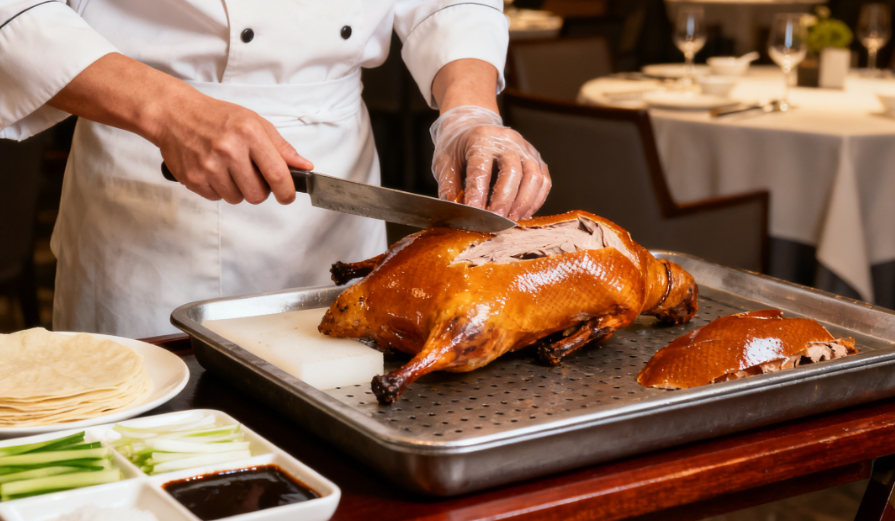
Beijing Food Guide: A Culinary Journey Through History and Flavor
Having spent over a year living in Beijing, I’ve w...
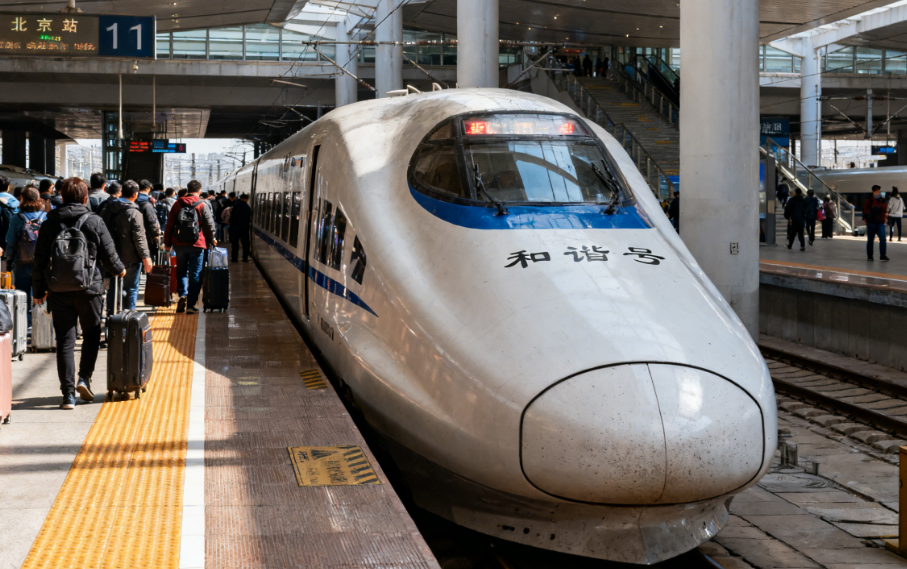
Beijing Transportation Guide: Navigate the Capital Like a Local
During my two years living and working in Beijing,...

Beijing Transportation Guide: Navigate the Capital Like a Local
During my two years living and working in Beijing,...

No Visa, No Cash, No Worries: The Ultimate Survival Guide to China in 2025
a local travel expert breaks down the revolutionar...
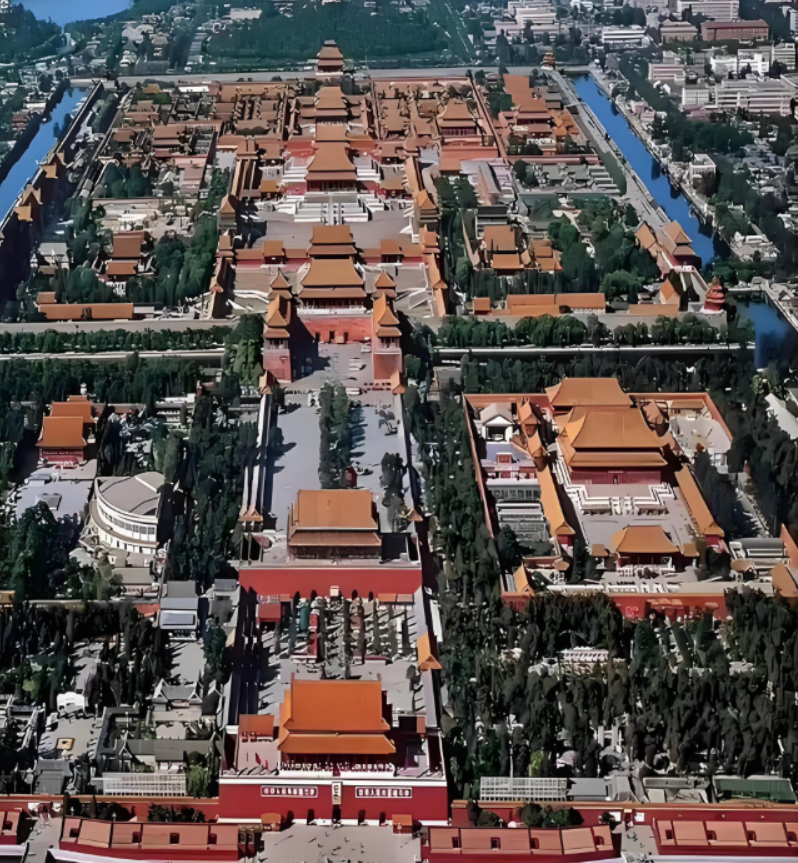
🇨🇳 Travel Guide — Your Essential Guide to Exploring China
Welcome to China — A Journey of Culture, History &...
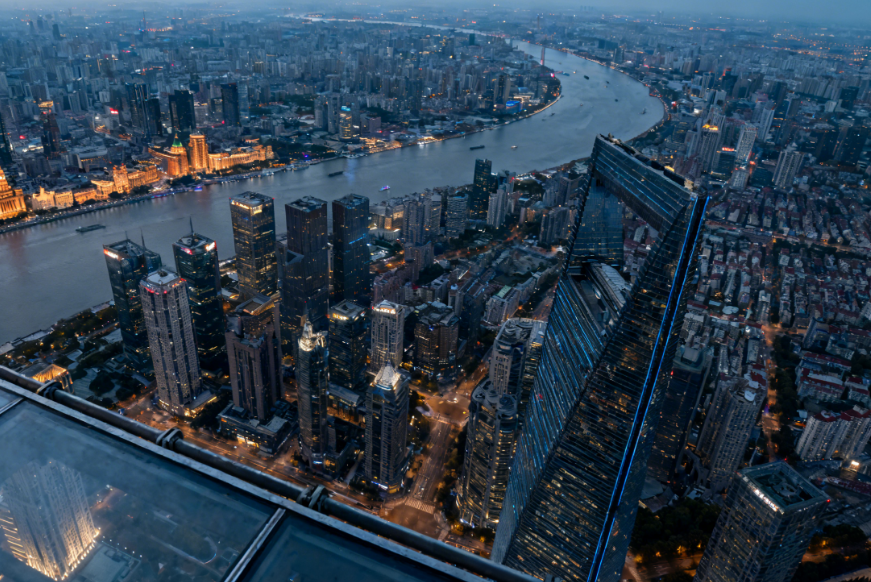
Shanghai Travel Guide: My Journey Through China’s Dynamic Metropolis
Shanghai isn’t just a financial powerhouse—it’s a ...
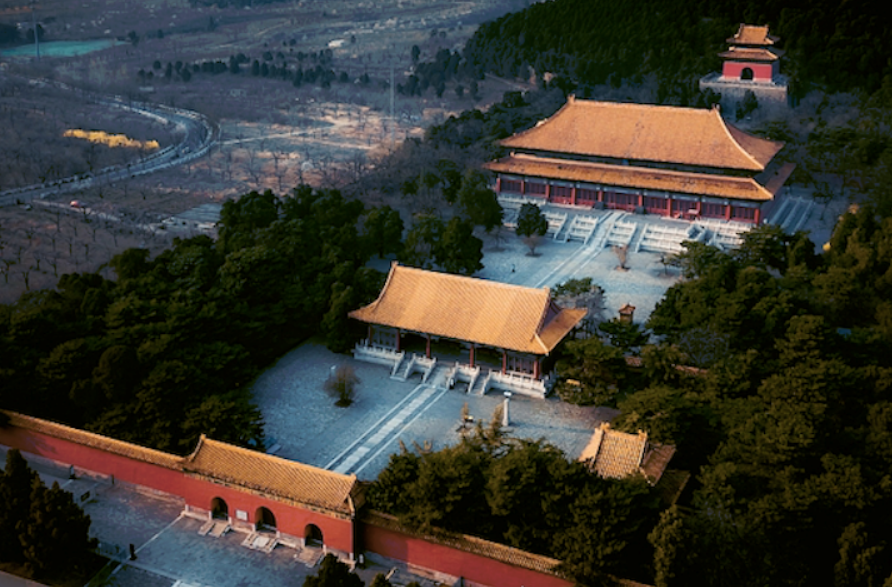
Walking the Spirit Way: My Journey Through the Ming Tombs
This article follows my personal journey through t...
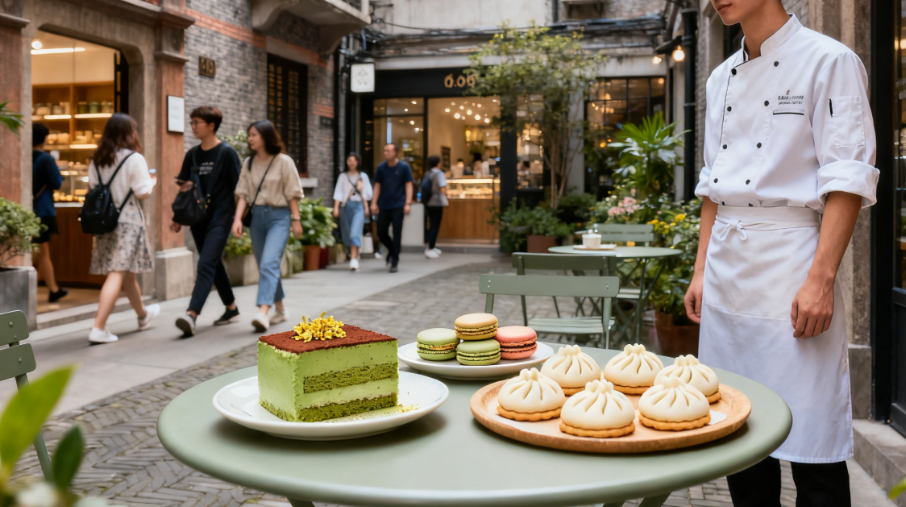
Bite into Shanghai: My Culinary Journey Through Street Stalls and Fine Dining
For me, Shanghai’s food is more than sustenance—it...

Step-by-Step Guide: How to Apply for Your China Visa in late 2025
Great news for travelers! As of September 30, 2025...
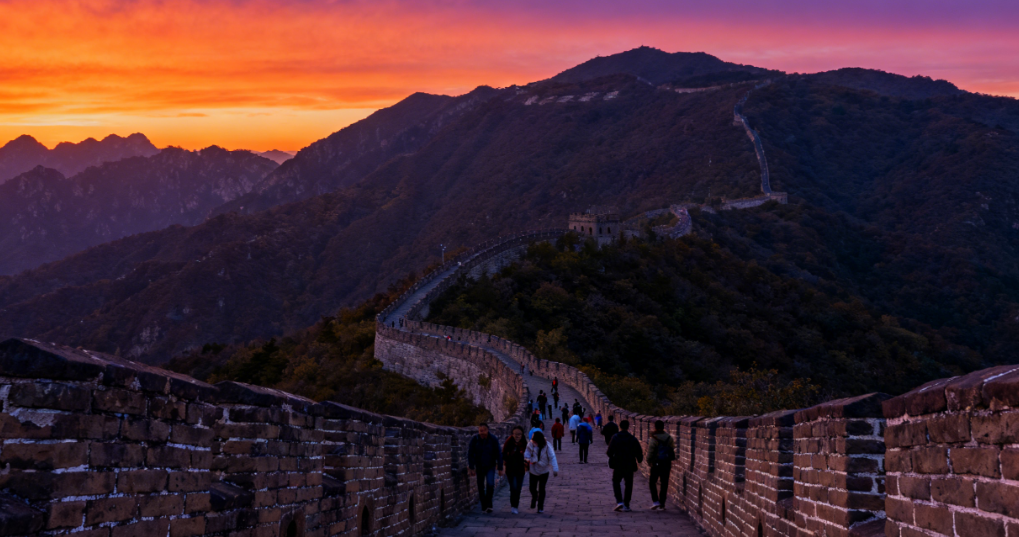
Beijing Travel Guide: Uncover the Heart of China’s Past and Present
As someone who has wandered Beijing’s hutongs, mar...
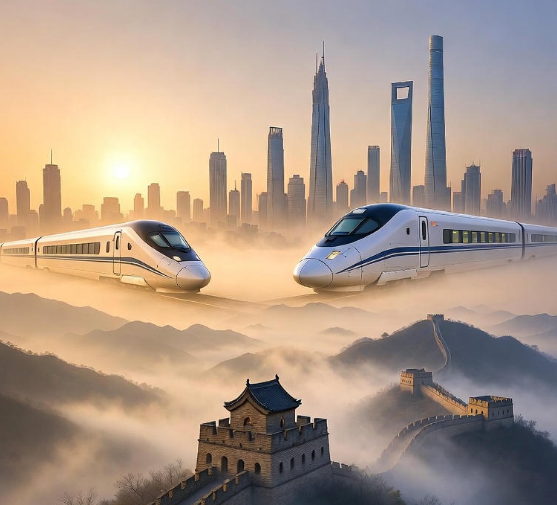
China Travel Tips: My Love Letter to the Middle Kingdom After Dozens of Trips
After 20+ trips across China, I’m spilling all my ...

Expert Guide: Mastering Mobile Payments in China (2025 Edition)
Below is an English guide designed for your intern...